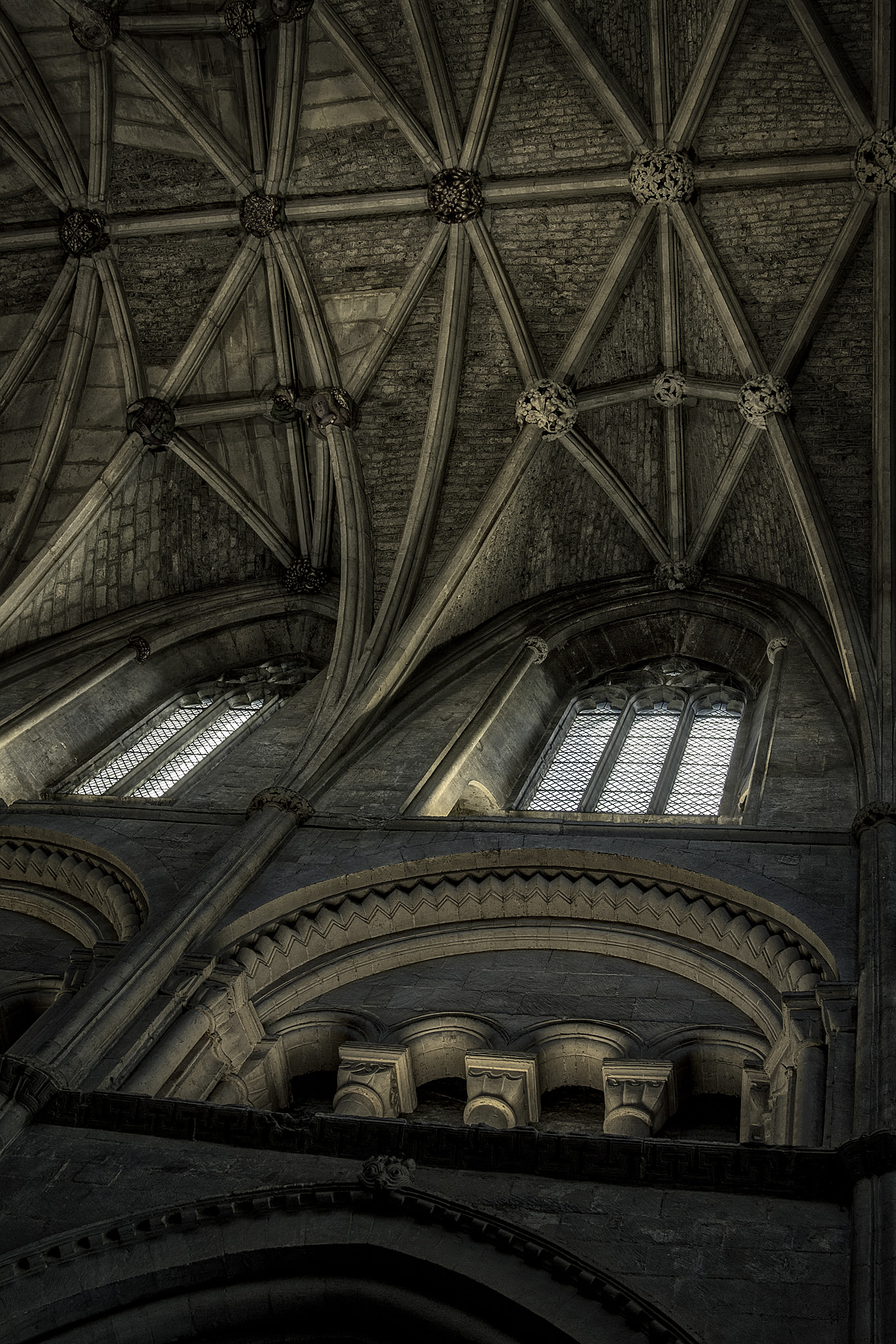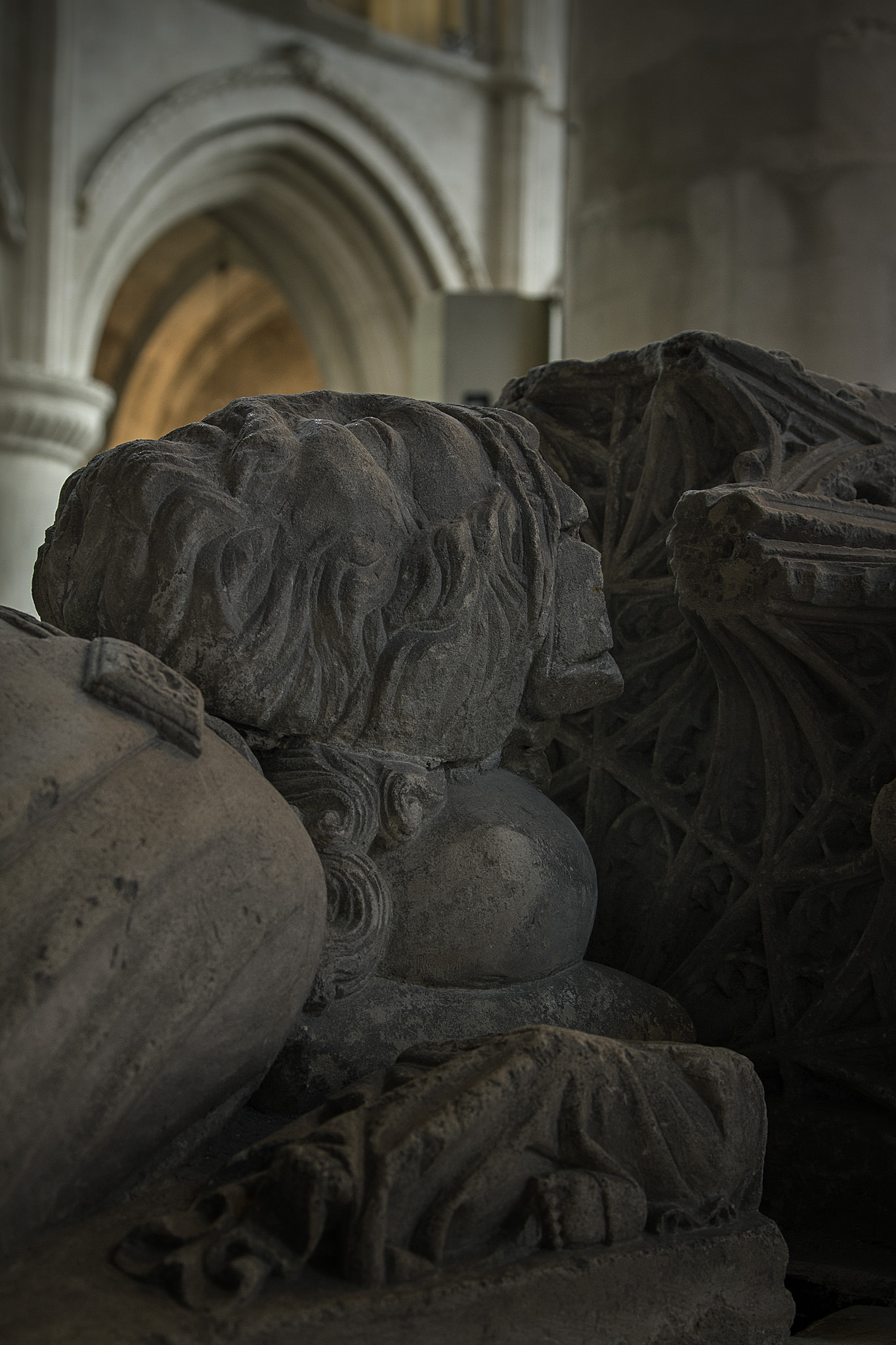Malmesbury Abbey, South West, England


The sleepy village of Malmesbury was once the capital of all England. Even as I write this, it is difficult to imagine. However, in 923, Althelstan, the grandson of King Alfred the Great, had temporarily driven the Danes out of England and Malmesbury owned over 50,000 acres.
Althelstan was an illegitimate second son who was not intended to be King, although it is said he was favoured by his grandfather Alfred the Great. When his brother Aelfweard died, he was crowned King in 925. During his reign it is said he never lost a battle and is the first King to have united England. He founded many monasteries and gave generously to Malmesbury Abbey. He also granted land to the Warden and freemen of the town, five hides to the southwest (about 600 acres), which to this day is still held by their descendants. He chose to be buried in Malmesbury Abbey, although his gravesite is unknown. The effigy of him which we see here, was added in the 14th or 15th Century.
The Abbey Church at Malmesbury today, is smaller than it was in the middle ages, only the nave has survived. It was built in the Romanesque style and completed at the end of the 12th Century.
Malmesbury also has an early 15th Century bible which is in four parts, one of which is on display. It was written by a Flemish scribe, Gerard Brils, and the receipt has also survived. The books were written for reading aloud in the monastery refectory and do not therefore contain the Gospels and Psalms, which were not read there.
This four part bible was made over 600 years ago, the pages are vellum, which is calfskin which has been cleaned in lime, stretched, scraped and treated with pumice and whitened with chalk. Draftsmen would mark out the layout, before scribes copied the text using goose feather quills. The ink was made from a solution of apples, lamp black, carbon and black iron salts. Illuminators applied gold leaf using gum and burnished it, using a smooth bone or stone. The paint was diluted with egg white mixed with powdered gold, vegetable, mineral or animal extracts, depending on the colour and texture required. Often chalk, eggshell, white lead, stale urine, honey or wax was also used in the paint mix.
The great Norman entrance porch shows the wealth and prestige this monastery once had. It is one of the finest examples of a Norman porch in existence.
William of Malmesbury was a monk and 12th Century historian. He was born at the end of the 11th century, the son of a Norman father and English Mother. He was educated at Malmesbury Abbey. He is considered to be one of the best and most accurate historians of his time.
William of Malmesbury was in charge of the Abbey’s library and acquired books for them, he also became a proficient writer. His works include Liber Pontificalis: A History of the Popes, Gesta Regum Anglorum: England from Roman times, through the reigns of the Anglo-Saxon kings and the Norman Conquest of 1066, continuing until the accession of King Henry I of England, Gesta Pontificum Anglorum: Deeds of the English Bishops, De Antiquite Glastonie Ecclesie: On the History of the Church of Glastonbury and Gesta Regum, a chronicle of the Kings of England. William continued to write until his death in 1143.






